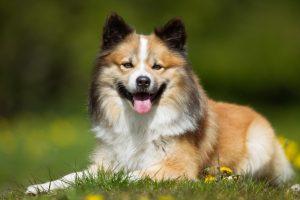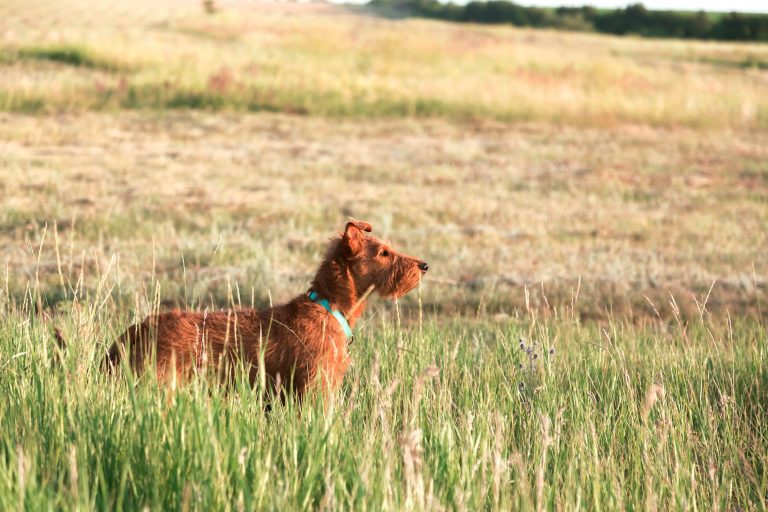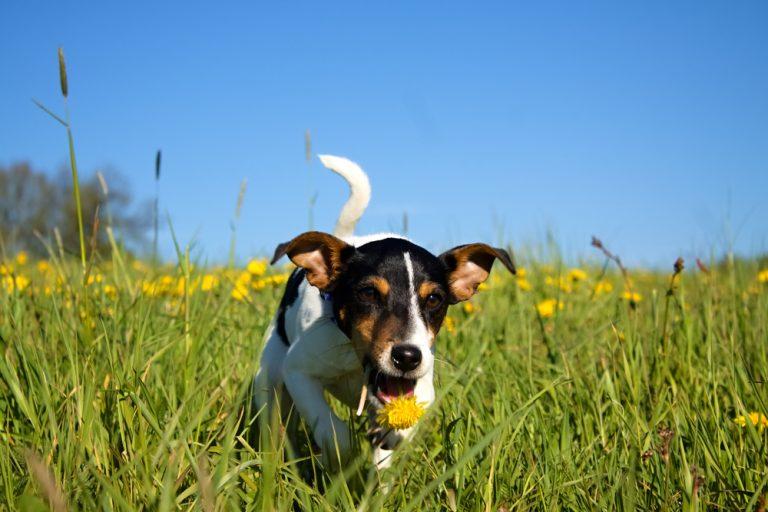Icelandic Sheepdogs Make Devoted Family Pets
 Whenever I research a dog article, I want to own one. So this time, it certainly was the case for the Icelandic Sheepdog, a playful family pet. The AKC fully recognized them in 2010 and included them in the herding group.
Whenever I research a dog article, I want to own one. So this time, it certainly was the case for the Icelandic Sheepdog, a playful family pet. The AKC fully recognized them in 2010 and included them in the herding group.
The Icelandic Sheepdog is a charmingly friendly and faithful all-around herder of small-to-medium size. A densely coated Nordic spitz-type breed, Icelandic Sheepdogs are enthusiastically devoted to their humans.
These dogs are one of the many dog breeds classified as spitzes. The Icelandic gets its spitz qualification by having a dense coat, fox-like face, pointed ears, and a bushy curly tail. It is similar to the Norwegian Buhund, the Shetland Sheepdog, and the Cardigan Welsh Corgi. The Icelandic Sheepdog has DNA ties to dogs from Norway and Russia.
The Icelandic is the only dog breed native to Iceland. The breed has struggled for survival throughout history and almost became extinct. Fortunately, several dedicated breeders took action to save the breed, which is no longer in danger of disappearing. It ranks number 156 on the AKC’s list of most popular dog breeds.
What is a Spitz Dog?
Ever heard the word spitz to describe a dog? Most spitz breeds have a wolf-like appearance, including pointed ears, almond-shaped eyes, a heavy double coat, and a furry tail curled over its back.
Because many spitz dog breeds live in arctic climates, they are bred to survive in cold weather. They usually come from Scandinavia, Russia, and North America. Spitz in German means pointed, which describes the head shape of a spitz-like dog. Its head’s shape means longer nasal passages, which help warm the cold air before reaching its lungs. They also have a double fur coat to help keep them warm.
 Icelandics are on the smaller to medium side and average about 18 inches at their shoulders. They weigh 25 to 30 pounds. They come in several different colors, many with white markings. They are friendly and happy and seem to say they are most happy to be with you. They tend to get along with children and other family pets as family pets.
Icelandics are on the smaller to medium side and average about 18 inches at their shoulders. They weigh 25 to 30 pounds. They come in several different colors, many with white markings. They are friendly and happy and seem to say they are most happy to be with you. They tend to get along with children and other family pets as family pets.
The Icelandic Sheepdog has a double fur coat and sheds twice a year, usually in the spring and fall, as temperatures change. They need weekly brushing during the year and more frequently when shedding.
When the Vikings sailed west across the ocean and settled Iceland, they brought along their spitz-type dogs. The Icelanders used these dogs for herding sheep. Those dogs became the forerunners of the modern Icelandic Sheepdog. Today, the Icelandic Sheepdog is a treasured national symbol.
 Icelandics are extremely good at herding, driving livestock, and finding lost sheep. They are not known for hunting. They are very alert without being aggressive and make good watchdogs. They will bark whenever they see a stranger approaching. The Icelandic Sheepdog is very playful and generally gets along well with children and other pets.
Icelandics are extremely good at herding, driving livestock, and finding lost sheep. They are not known for hunting. They are very alert without being aggressive and make good watchdogs. They will bark whenever they see a stranger approaching. The Icelandic Sheepdog is very playful and generally gets along well with children and other pets.
Icelandic Sheepdogs are usually healthy and have few hereditary problems. They have a lifespan of 12-14 years. They need moderate exercise to keep healthy and happy. A nice long walk or a romp in the backyard will be enough.
Because of their athletic abilities, Icelandic Sheepdogs compete in dog agility trials, obedience, and flyball. Icelandic Sheepdogs also compete in herding trials.
The Icelandic is loyal and constantly wants to be around its family. It follows its owner everywhere. Unlike most working dogs, these dogs are calm when indoors and happily lie down at your feet.
Reykjavík is Iceland’s capital and largest city.

For more information about the Icelandic Sheepdog:
American Kennel Club (AKC)
Icelandic Sheepdog Association of America, Inc.
Dogs Similar to the Icelandic Sheepdog
[table id=17 /]






